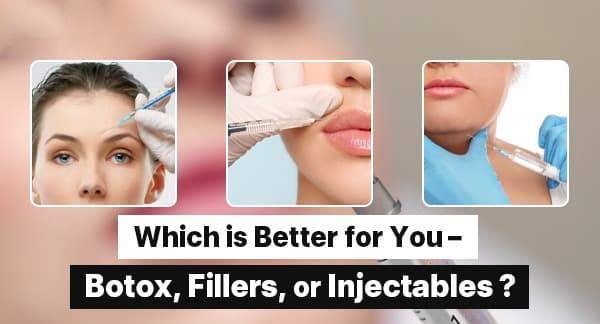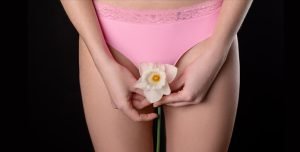
While not new to the world of cosmetic improvement, Botox®, dermal fillers, and other injectables have opened up a more accessible avenue for patients looking for non-surgical facial rejuvenation. Knowing how they differ (botox vs fillers) to help you select the right treatment that will allow you to achieve your desired cosmetic outcomes. Here, a breakdown of how each treatment works, what to expect — and which will be best for you.
Botox – Relax, Don’t Freeze
What is Botox?
Botox® is a type of neuromodulator that is sourced from botulinum toxin. It inhibits nerve signals temporarily in facial muscles, leading to reduced muscle activity when injected in the areas. Effects are typically seen within 3–7 days and last for 3–4 months.
Ideal Uses: Botox Treatment Areas
- Forehead wrinkles
- Frown lines (between eyebrows)
- Crow’s feet (outer eye lines)
- Neck bands
How It Works:
Botox delays the muscle contractions that cause dynamic wrinkles, those caused by repeated facial movements. Regular application can prevent deeper lines from forming with time.
Pros & Cons:
- ✅ The whole process is fairly brief (10–20 minutes)
- ✅ Minimal downtime
- ❌ Results don’t last for more than a few months
- ❌ Too much may show affectations
Best Candidate:
You are 25–65 with expression lines and good overall facial tone, wishing for something more subtle
Dermal Fillers – Plump and Restore
What Are Dermal Fillers?
Dermal fillers are gels that are injected into the area under the skin to add volume and fullness, and are made out of biocompatible materials– most commonly hyaluronic acid (HA), calcium hydroxylapatite or poly-L-lactic acid. They add volume, define contours and correct static lines.
Common Areas Treated:
- Nasolabial folds (smile lines around the mouth)
- Marionette lines (chin/cheek folds)
- Cheeks, temples, under-eyes (tear troughs)
- Lips and smile enhancement
- Non-surgical rhinoplasty (bridge and tip refinement)
How They Work:
Fillers act by filling the folds or increasing the volume. HA fillers also attract water and provide hydration and structural support to the tissues, creating a youthful look.
Pros & Cons:
- ✅ Immediate results
- ✅ Boosts volume and hydration
- ✅ Mild swelling or bruising
- ❌ Effects are temporary (6–18 months depending on type)
Best Candidate:
Ideal candidates are: males and females aged 30 to 65 with collagen loss, deeper lines, or volume depletion for natural enhancements.
Other Injectables – The Specialty Options
Platelet-Rich Plasma (PRP):
A natural injectable derived from your own blood. PRP contains growth factors that rejuvenate skin tone, texture, and stimulate hair growth.
- 🤍 Pros: All-natural, minimal risk
- 🕑 Timeframe: Multiple sessions over months
Biostimulatory Fillers:
Includes substances like Sculptra (poly-L-lactic acid), Radiesse, or Ellansé. These promote collagen production, slowly improving contours over several months.
- 💡 Pros: Long-lasting results (up to 2 years)
- 🔄 Gradual effect requires patience
Combining Treatments:
The “liquid facelift” approach mixes Botox, fillers, PRP, and biostimulants. This allows for complete facial rejuvenation—relaxing expression lines, restoring volume, and improving skin quality.

